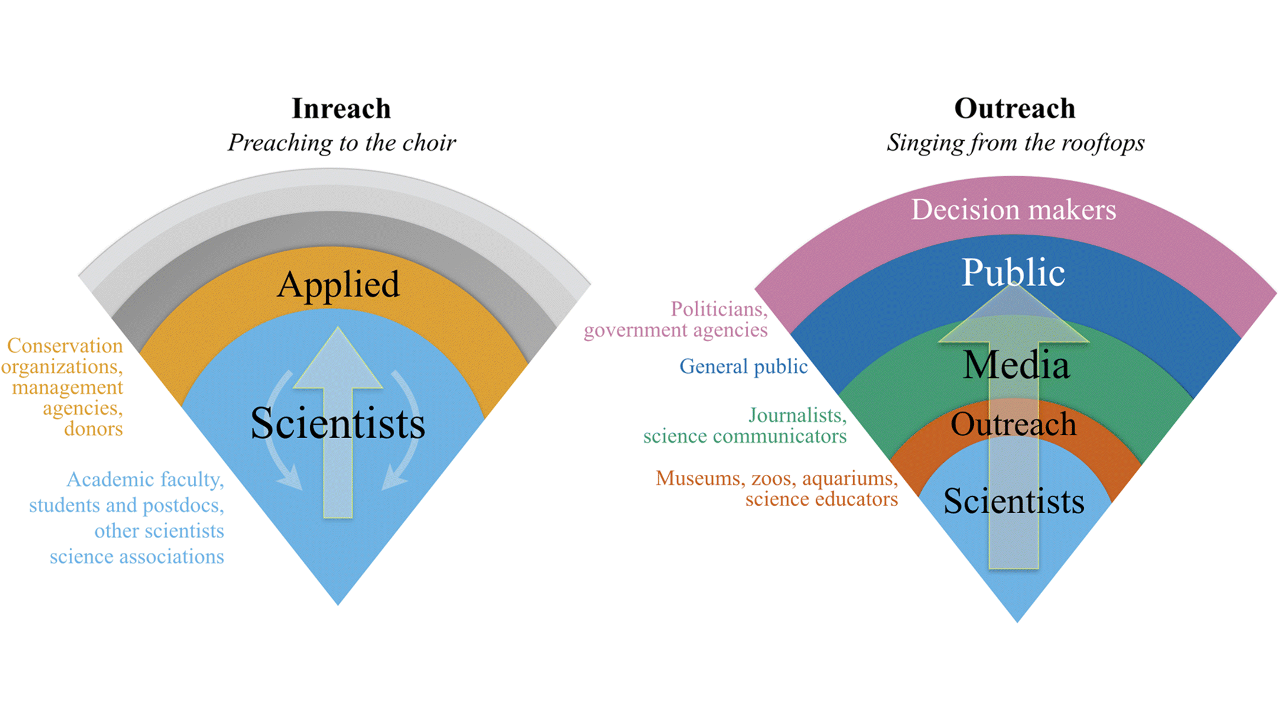
Paper explores the infrastructure challenges for open science
Originally posted on The Horizons Tracker.
I wrote recently about a new paper from the office of Carlos Moedas, EU Commissioner for Research, Science and Innovation. The paper outlined the ways in which the EU would strive to be ‘Open Innovation, Open Science and Open to the World’.
In an attempt to deliver on the open science aspect of this ethos, the EU has developed the European Open Science Cloud, which aims to provide a socio-technical environment to make sure that science conducted in the EU is Findable, Accessible, Interoperable and Re-usable (FAIR).
Virtual research environments
A new paper argues for the creation of so called Virtual Research Environments (VREs) to help improve the last mile of research. The last mile is borrowed from the telco industry, and in this context is regarded as the challenge of ensuring that local researchers are connected to the core research network. Just as with telecoms, this last mile is often the most expensive, and therefore challenging hop in the chain to complete, but without it the whole network is deprived of its value.
Whilst there are well-stated concerns around a move towards more open science, whether in terms of appropriate attribution or even quality assurance, the paper argues that the principal barrier is one of infrastructure. They argue that access to the network remains challenging for many scientists, with poor interfaces and difficulty integrating it with the day-to-day habits of most researchers.
The authors hope that VREs could help to overcome this ‘last mile’ problem and entice scientists into the open community.
“These domain-specific solutions can support communities in gradually bridging technical and socio-cultural gaps between traditional and open digital science practice, better diffusing the benefits of European e-infrastructures”. They also recognise that “different e-infrastructure audiences require different approaches,” they say.
It isn’t a forgone conclusion of course, and they stress that the right kind of functionality will be required if scientists are to join in the right kind of numbers.
“Intuitive user interface experience, seamless data ingestion, and collaboration capabilities are among the features that could empower users to better engage with provided services,” they conclude.
To support open science, the EU are focusing their efforts in five key policy areas:
- Fostering and creating incentives for open science
- Removing barriers to open science
- Mainstreaming and further promoting open access policies
- Developing research infrastructures for open science
- Embedding open science in society as a socio-economic driver
Hopefully things such as VREs might go some way towards helping them achieve those goals.
Article source: Paper explores the infrastructure challenges for open science.




![Social Media Board Structure Networking [Pixabay image 1157114]](https://realkm.com/wp-content/uploads/2018/05/social-1157114_640.jpg)
